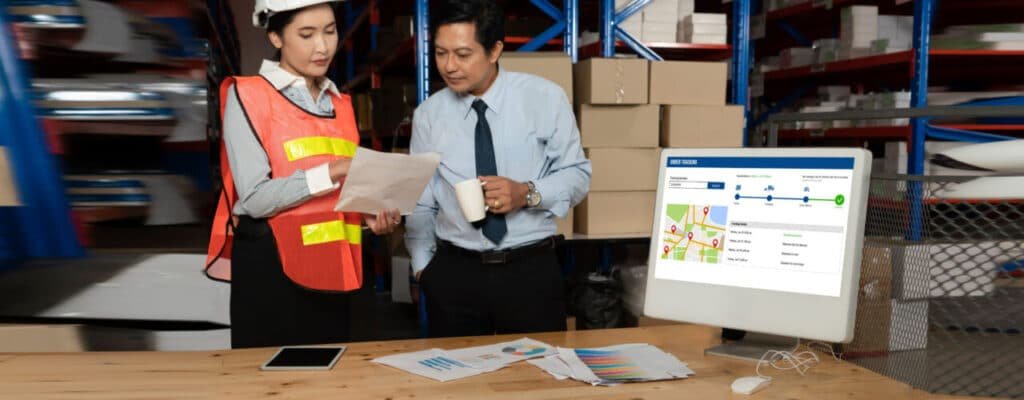
Over the last few years, global supply chains — once celebrated for their efficiency — have faced some of the most dramatic disruptions in modern history. From the pandemic and geopolitical tensions to climate shocks and rapid technological change, the foundations of global trade have been fundamentally shaken.
In response, businesses worldwide are no longer prioritizing just-in-time efficiency. Instead, they are moving toward just-in-case resilience — a strategic shift that is redefining the way goods, data, and capital move around the world.
The End of the “Globalization 1.0” Model –
For decades, globalization operated on a simple principle: produce where it’s cheapest, sell where it’s most profitable. This logic led to complex, multi-tiered supply chains stretching across continents — from Chinese manufacturing hubs to European assembly plants to U.S. retail networks.
However, this model revealed its fragility during the COVID-19 pandemic. Lockdowns, port closures, and freight backlogs exposed the risks of over-dependence on single-source suppliers. The war in Ukraine, trade disputes, and rising protectionism have only accelerated this reckoning.
Result: Businesses are now redesigning supply networks not around cost alone, but around security, predictability, and adaptability.
The Rise of “Regionalization” and “Nearshoring” –
One of the most significant trends of 2025 and beyond is regionalization — the move toward creating supply networks that are closer to end markets.
- North America: Companies are increasingly shifting production from Asia to Mexico or the U.S. South to mitigate geopolitical and shipping risks.
- Europe: Manufacturers are sourcing components from Eastern Europe and Turkey to reduce reliance on China.
- Asia: Nations like Vietnam, India, and Indonesia are emerging as alternative manufacturing bases.
This doesn’t mean deglobalization, but rather “smart globalization” — where companies balance efficiency with control.
Technology as the Backbone of Resilient Supply Chains –
Digital transformation has become the new backbone of supply chain resilience. Technologies once seen as optional are now strategic necessities:
- Artificial Intelligence & Predictive Analytics: Companies use AI to anticipate disruptions — from raw material shortages to port delays — and dynamically reroute shipments.
- Blockchain & Data Transparency: Firms are investing in blockchain-based tracking systems for end-to-end visibility and compliance.
- Automation & Robotics: Autonomous warehouses and smart factories help reduce human dependency and increase precision.
- Digital Twins: Simulated supply chain models allow businesses to test scenarios and optimize decision-making in real time.
Example: Maersk and IBM’s TradeLens platform has demonstrated how blockchain can improve cargo tracking and trust among stakeholders, setting a precedent for transparent logistics ecosystems.
ESG and Sustainability: The New Supply Chain Imperative –
Resilience isn’t just about stability — it’s about responsibility. Global corporations face growing pressure from regulators, investors, and consumers to ensure their supply chains are sustainable, ethical, and traceable.
- The EU’s Corporate Sustainability Due Diligence Directive (CSDDD) will soon require companies to trace and report human rights and environmental risks across their value chains.
- Firms are using carbon accounting tools to measure the footprint of suppliers and logistics routes.
- “Green logistics” — such as low-emission shipping and circular packaging — is becoming a key differentiator.
Businesses that invest early in sustainable supply chain models will not only mitigate risk but also gain competitive advantage as ESG compliance becomes a market standard.
Building Resilience Through Partnerships and Diversification –
The most resilient supply chains are not necessarily the biggest — they are the most connected.
Companies are forming strategic partnerships with logistics providers, local manufacturers, and even competitors to share data and resources. This ecosystem approach enables agility during crises.
At the same time, diversification is key:
- Multiple suppliers across regions
- Multi-modal logistics routes
- Strategic inventory buffers
These measures may raise short-term costs but dramatically improve long-term stability — an acceptable trade-off in today’s volatile world.
The Strategic Mindset Shift –
Perhaps the most profound change is conceptual. Supply chain management is no longer viewed as a back-office function — it has become a boardroom concern.
Executives are integrating supply chain strategy into corporate governance, risk assessment, and long-term planning. Chief Supply Chain Officers now sit alongside CFOs and CIOs in shaping business resilience and investment decisions.
In short, the supply chain has evolved from an operational necessity to a strategic asset.
Conclusion –
The companies that will thrive in this new era are those that treat resilience as a capability, not a cost.
By combining technology, sustainability, regional diversification, and strategic foresight, global businesses can build supply networks that are not only efficient — but adaptive, transparent, and future-ready.The era of lean, linear supply chains is over. The future belongs to networks that bend — but don’t break.

